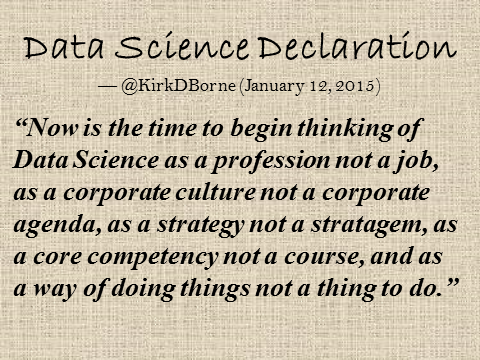One of the most fun outcomes that you can achieve with your data is to discover new and interesting things. Sometimes, the most interesting thing is the detection of a novel, unexpected, surprising object, event, or behavior – i.e., the outlier, the thing that falls outside the bounds of your original expectations, the thing that signals something new about your data domain (a new class of behavior, an anomaly in the data processing pipeline, or an error in the data collection activity). The more quickly that you can find the interesting features and characteristics within your data collection, consequently the more likely you are to improve decision-making and responsiveness in your data-driven workflows.
Tapping into the human natural cognitive ability to see patterns quickly and to detect anomalies readily is powerful medicine for big data analytics headaches. That’s where data visualization shines most brightly in the big data firmament!
(continue reading here … http://www.bigdatanews.com/group/bdn-daily-press-releases/forum/topics/press-release-visual-cues-in-big-data-for-analytics-and-discovery)
Follow Kirk Borne on Twitter @KirkDBorne



